OPEN ASSEMBLY
Experiments in Aesthetics and Politics

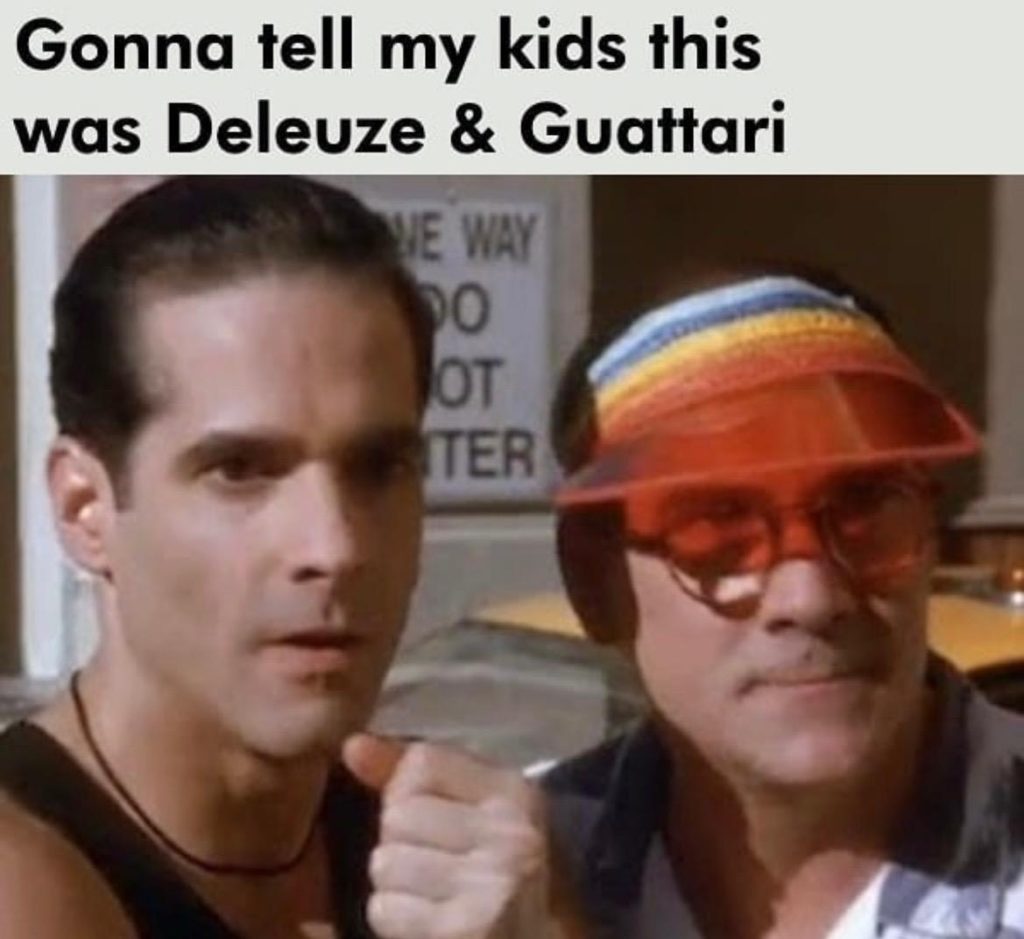
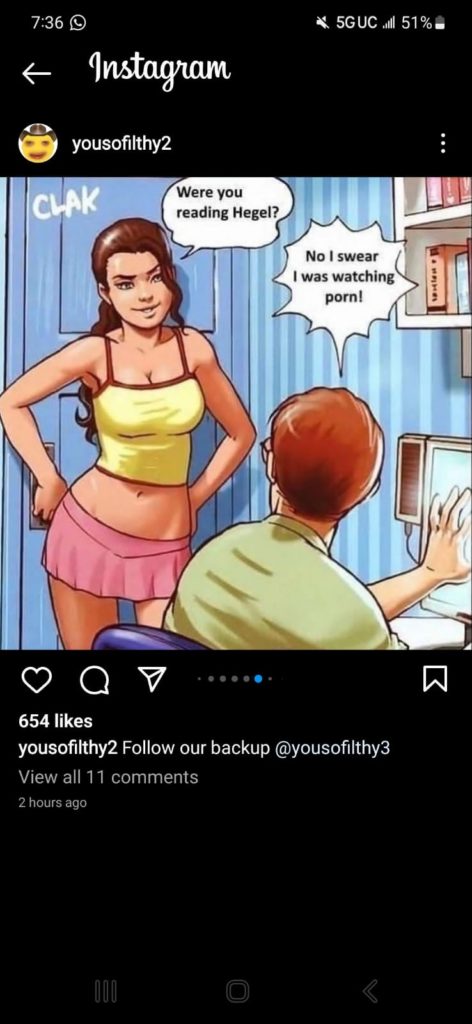
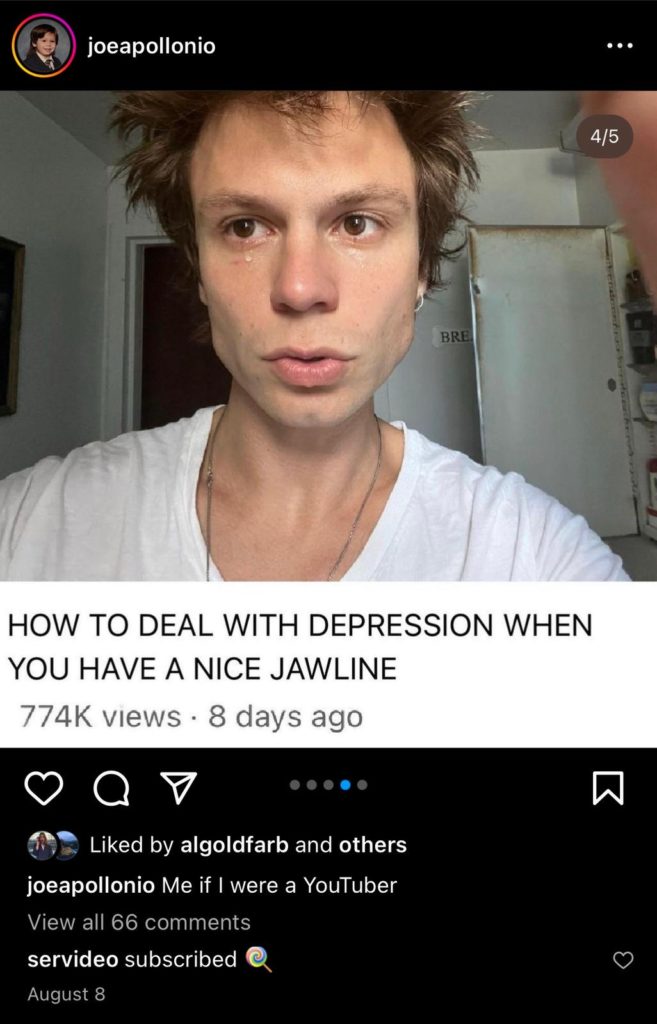
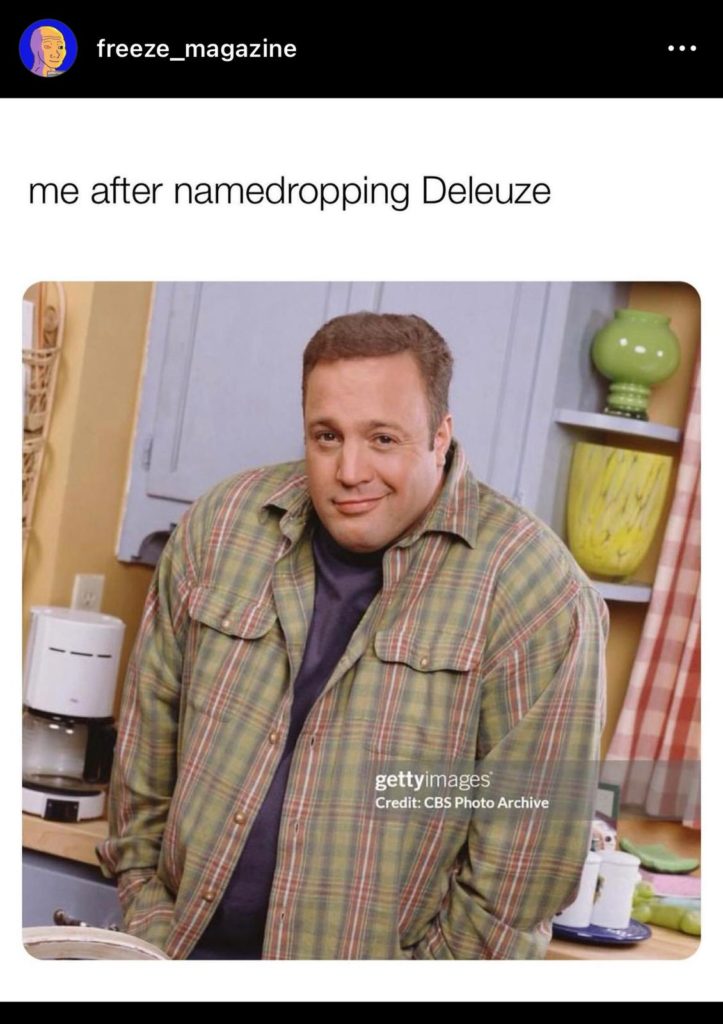
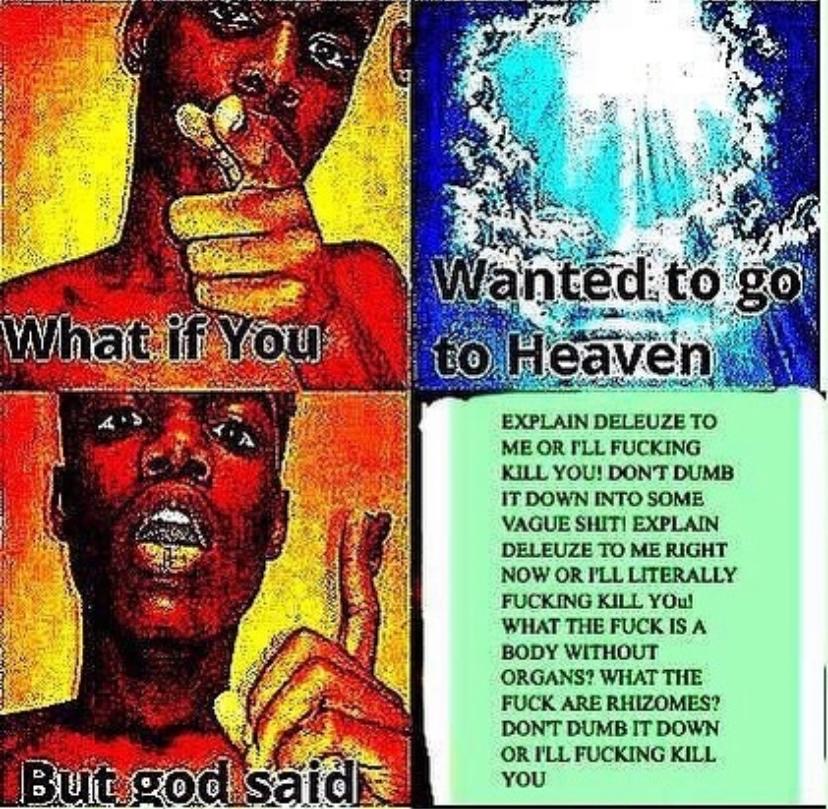
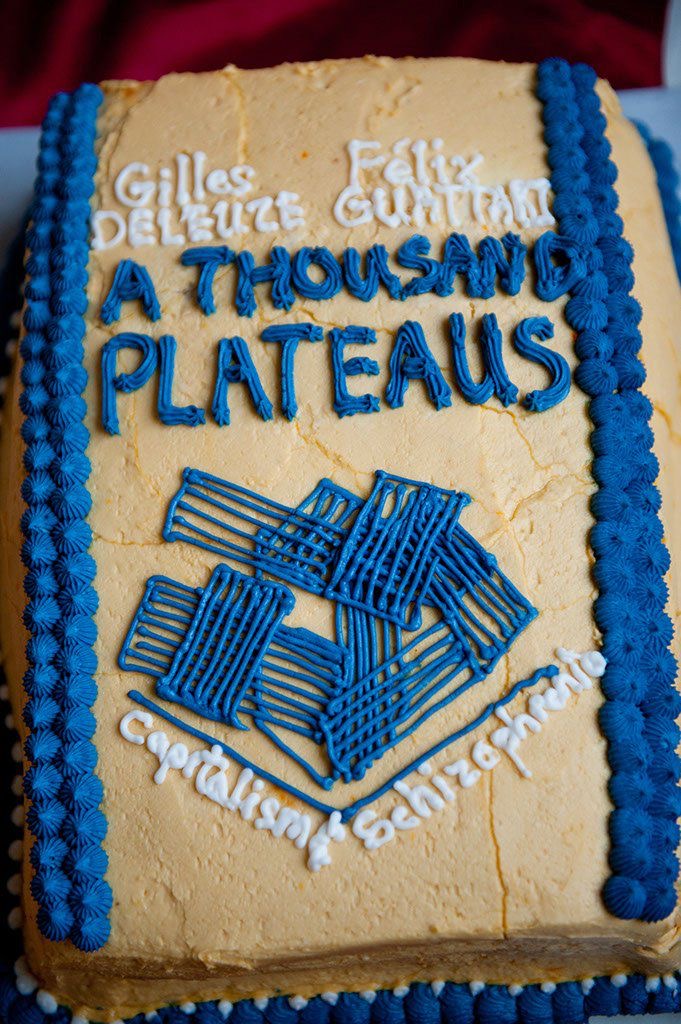
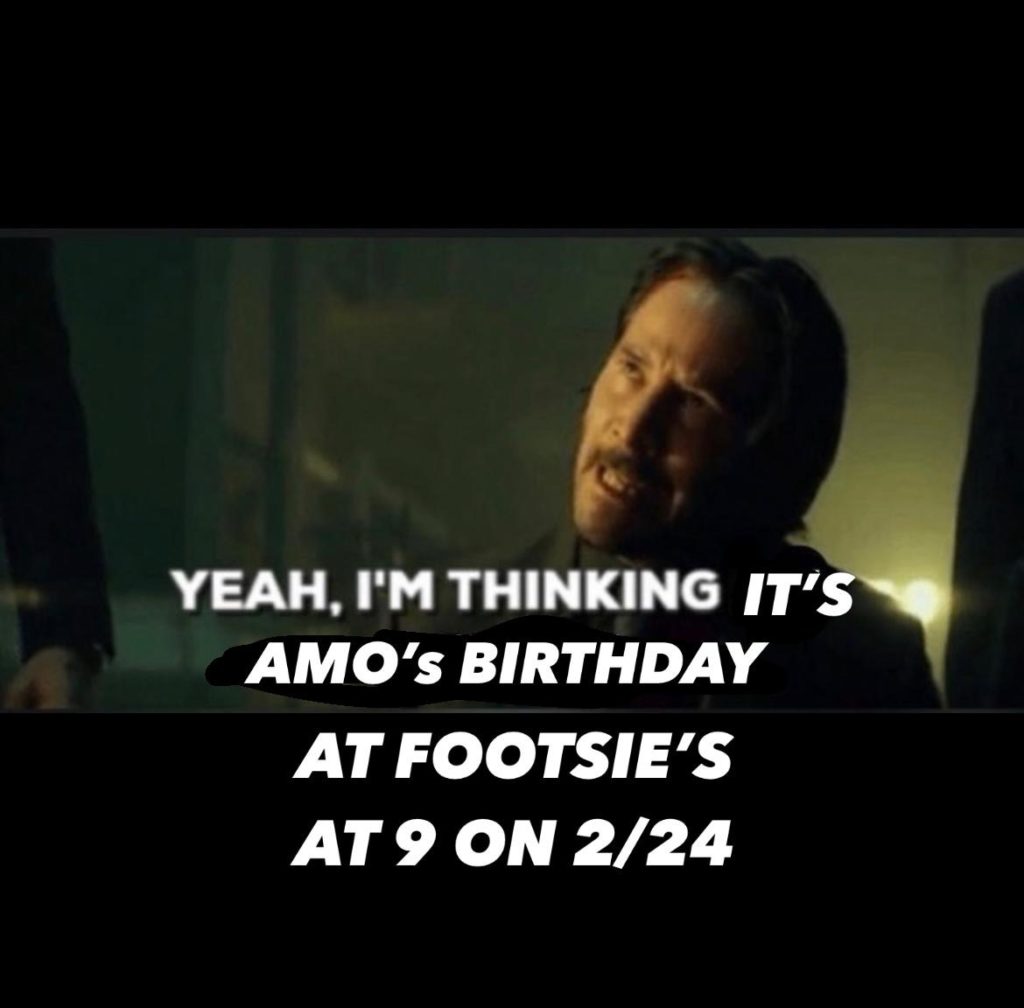
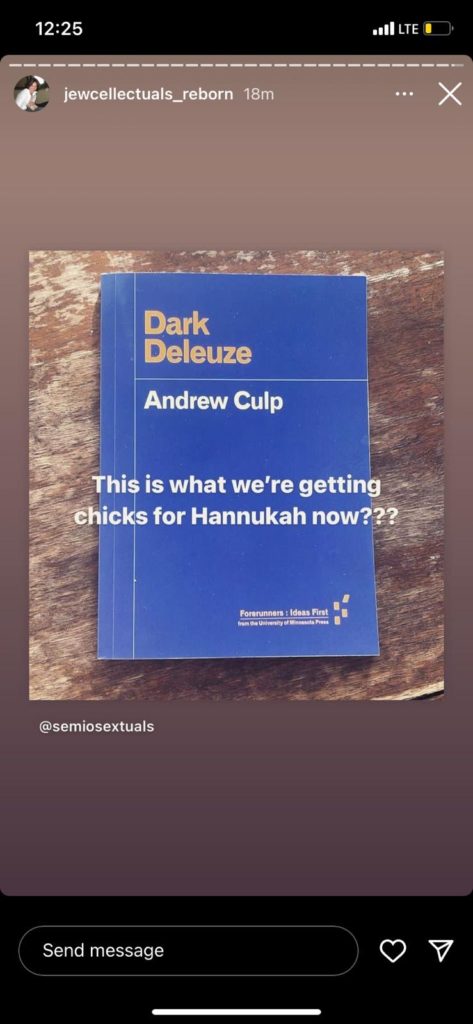
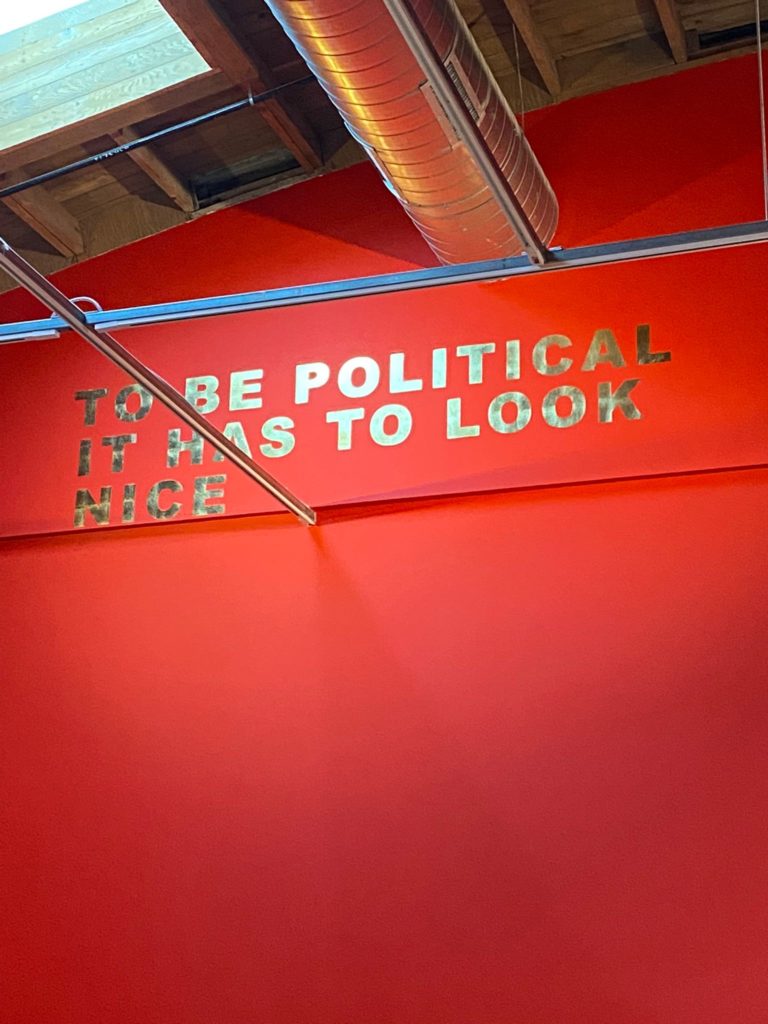
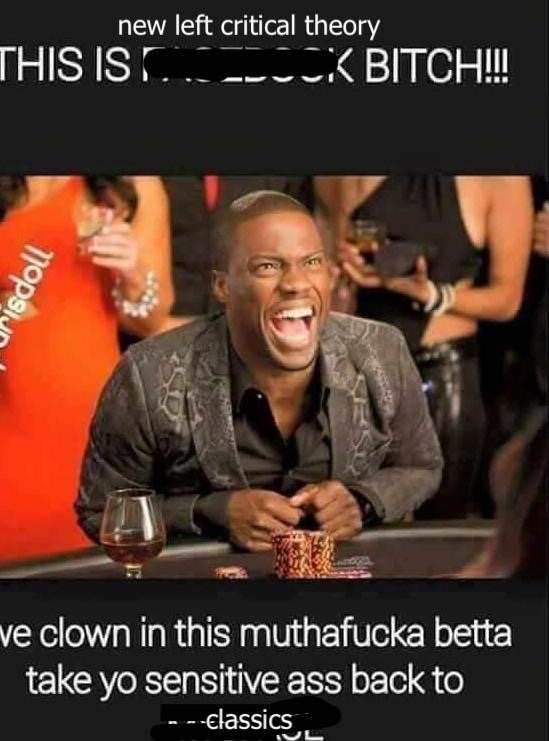
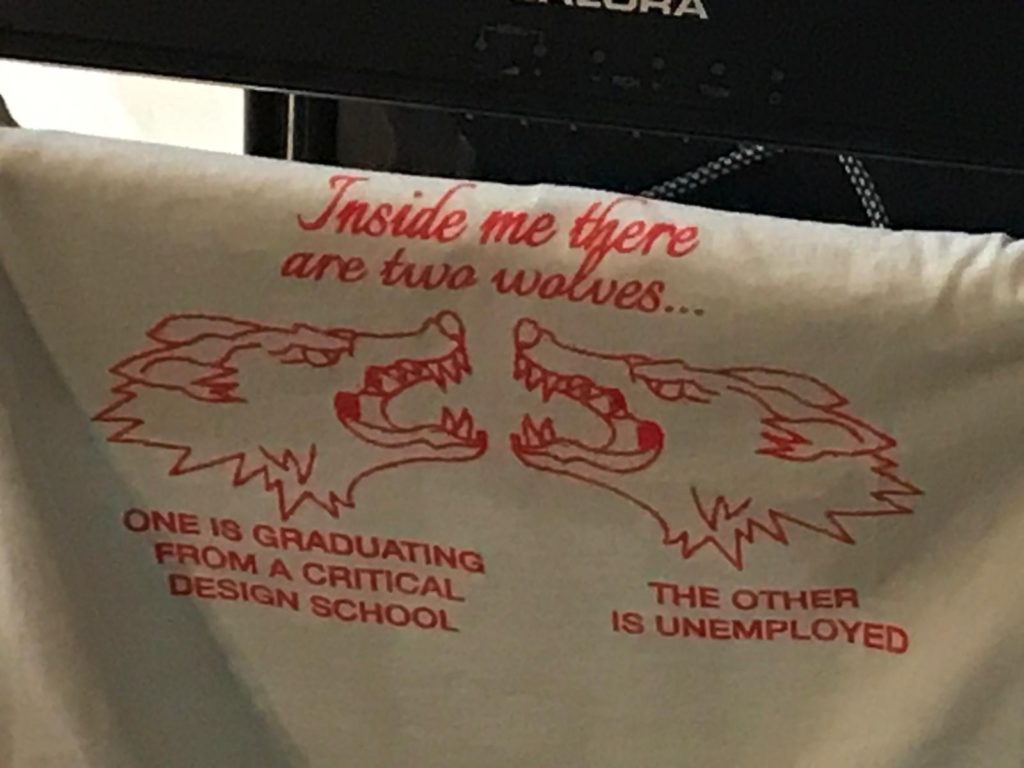
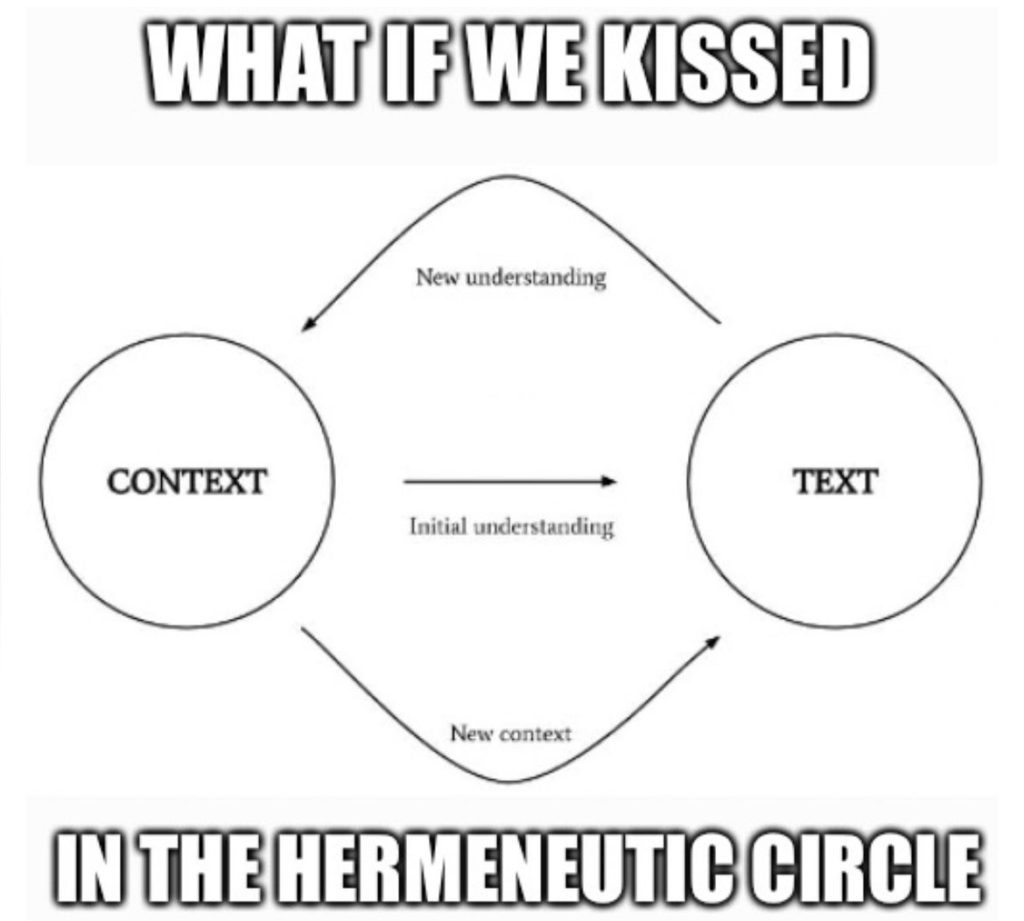

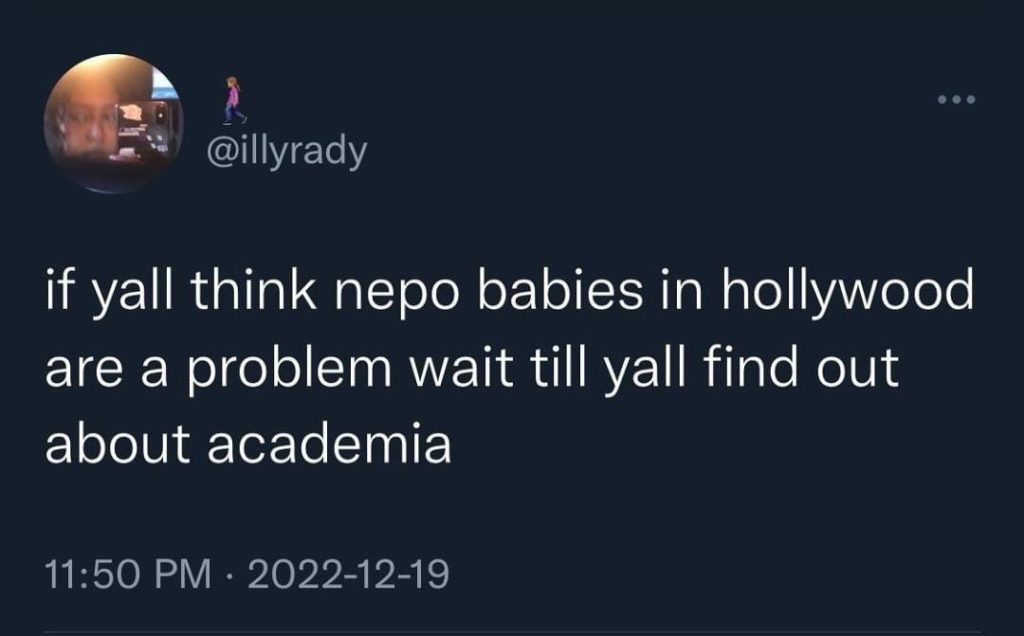
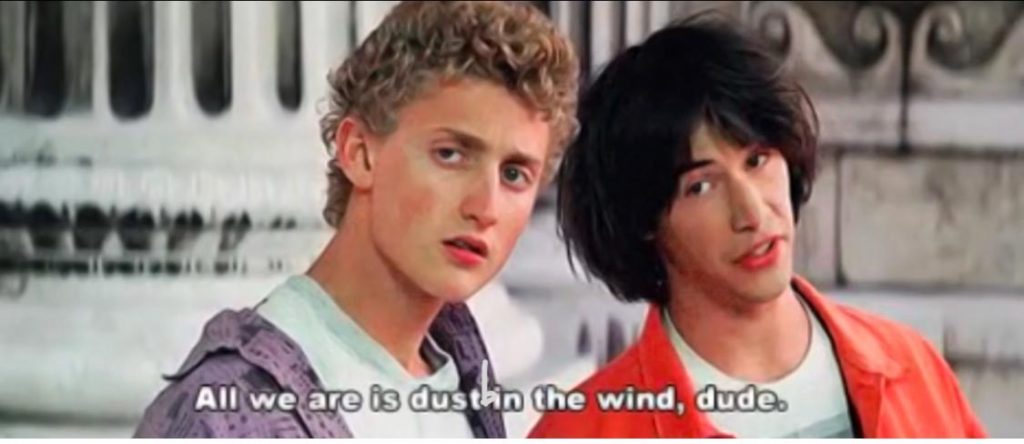


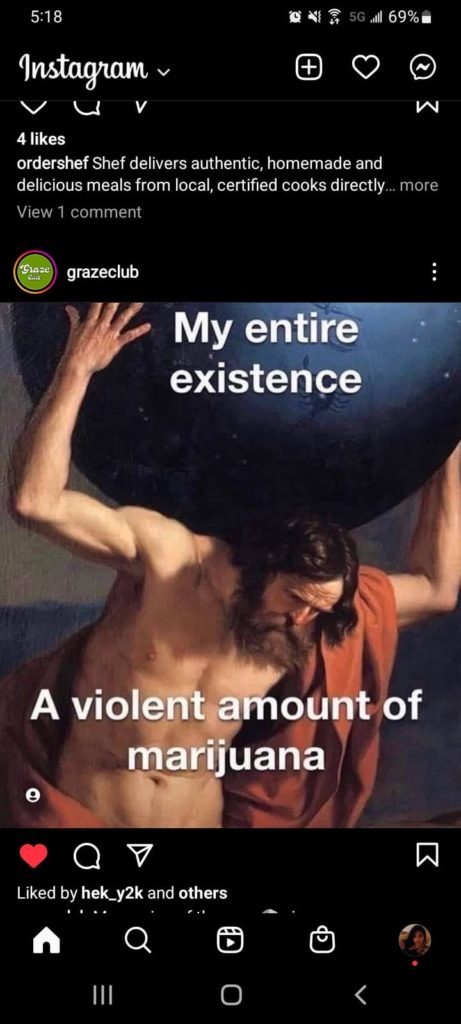
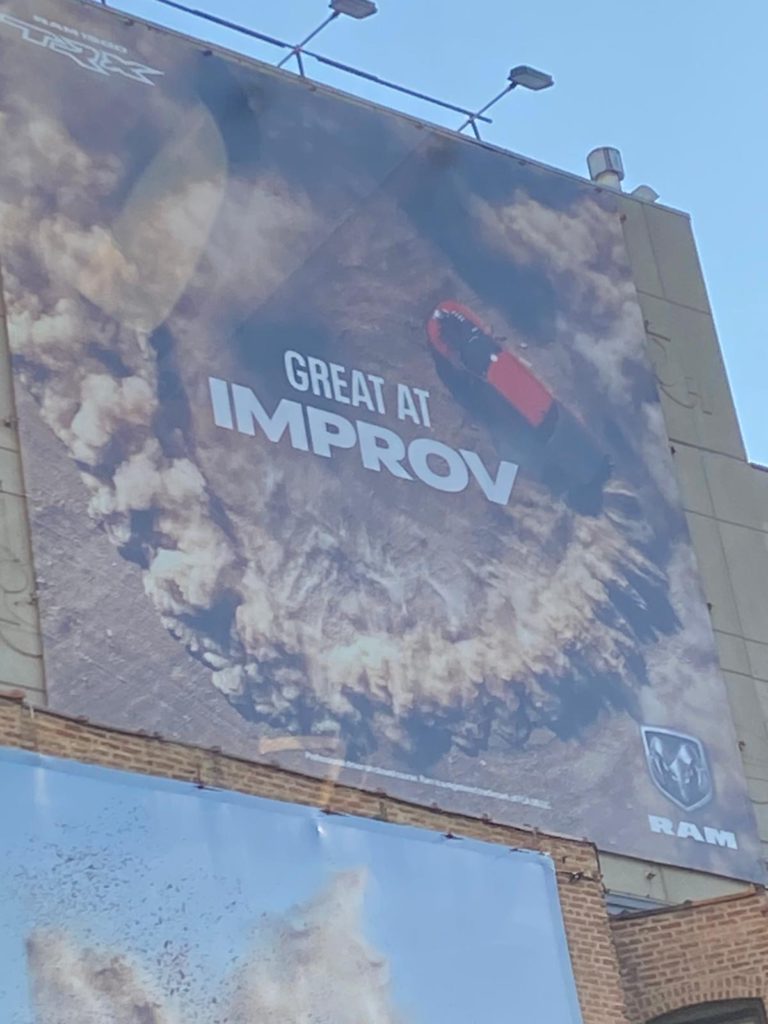
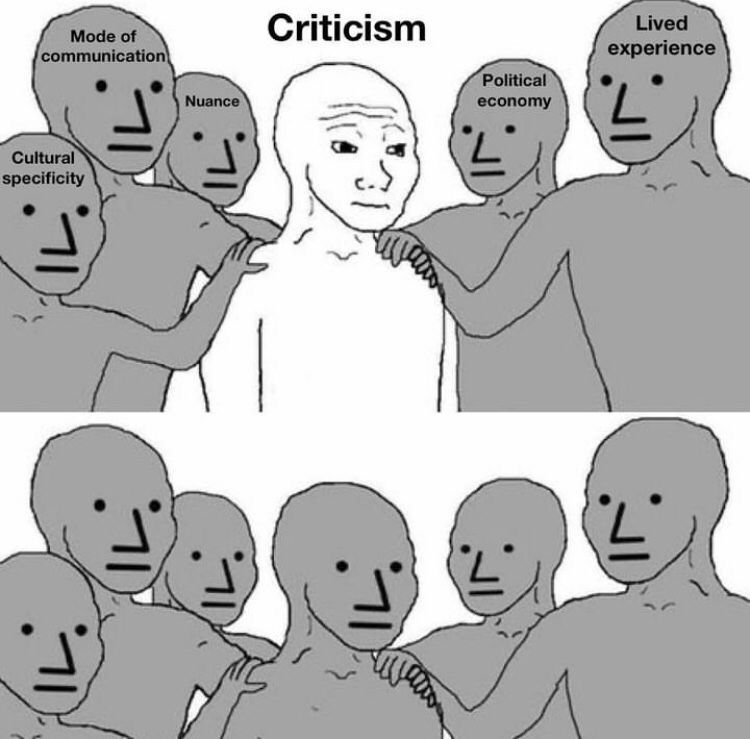
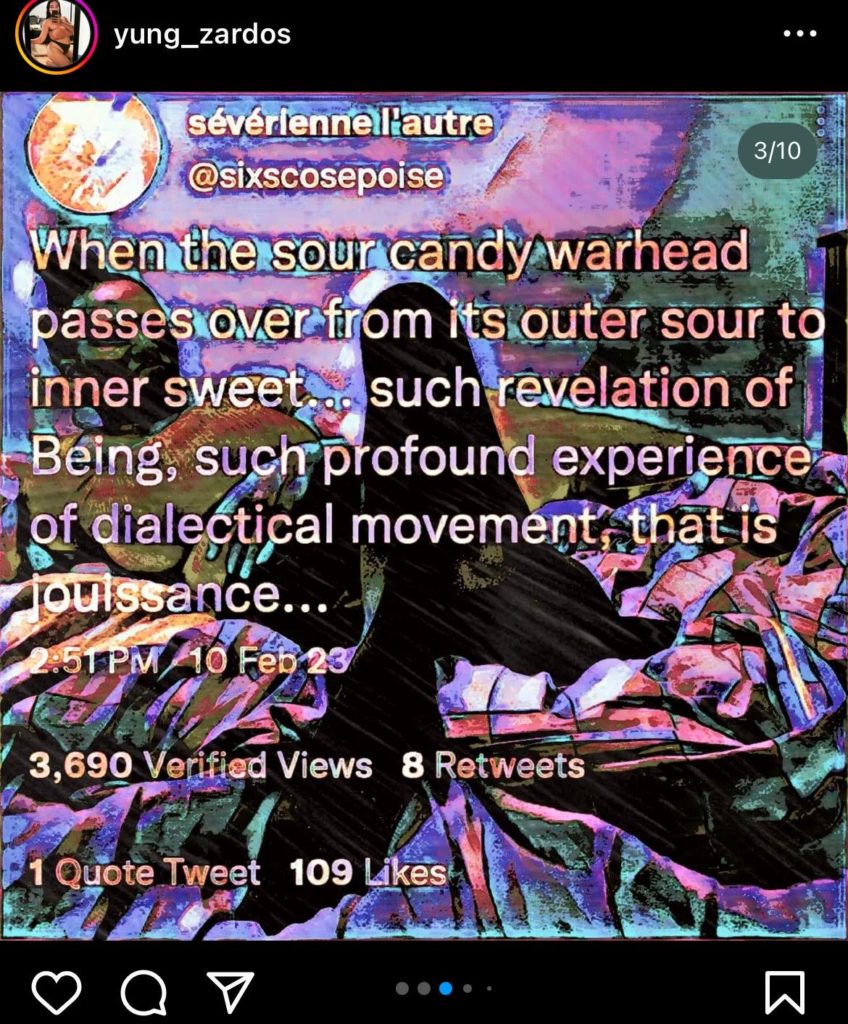
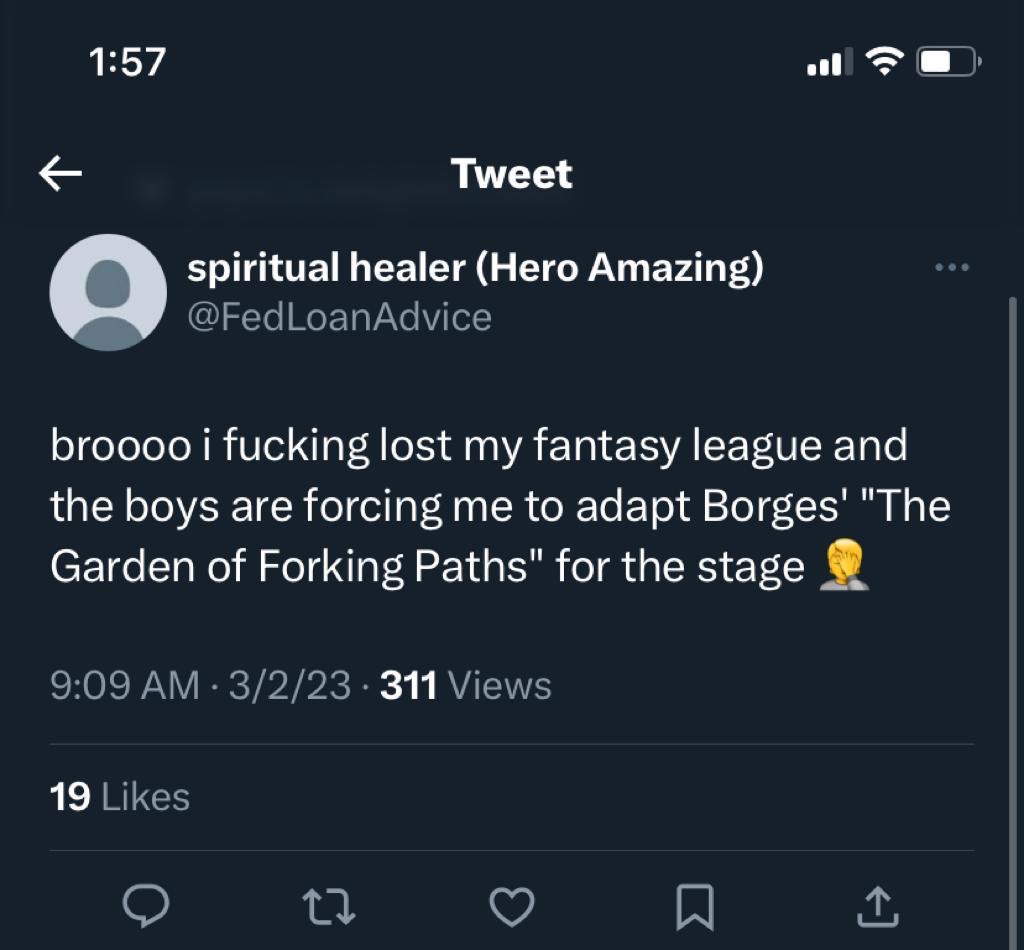
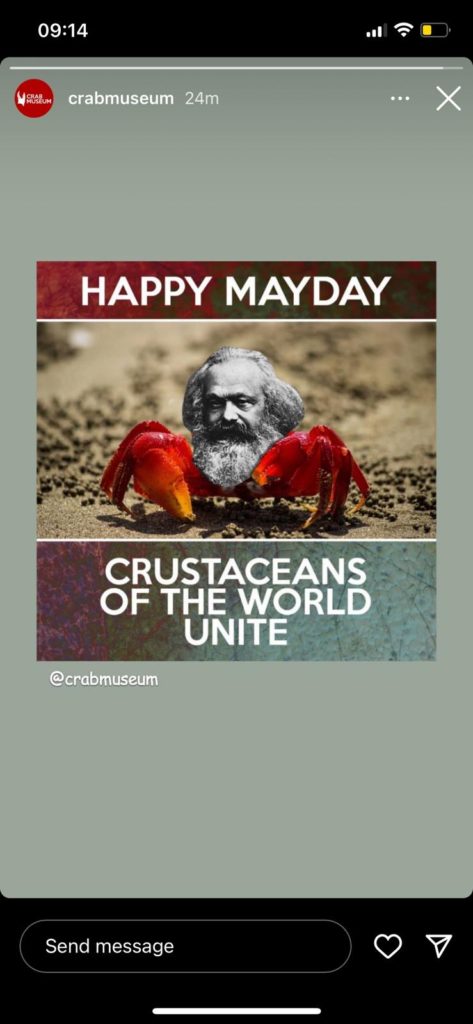
[ pending ]
[ pending ]
[ pending ]
[ pending ]
[ pending ]
[ pending ]
[ pending ]
[ pending ]
[ pending ]
[ pending ]
[ pending ]
by Claudia Grigg Edo
In January 2018, The Aesthetics & Politics department at California Institute of the Arts welcomed Judith Butler, Maxine Elliot Professor in the Department of Comparative Literature and the Program of Critical Theory at the University of California Berkeley, as its Theorist in Residence. On January 24th, as part of her residency, Judith Butler delivered her first of two public lectures, entitled ‘Critique, Crisis and the Problem of Violence,’ at the Silver Screen Theater in West Hollywood.
Judith Butler began her talk by saying, ‘I have no idea where I am.’ It was just as well. The Silver Screen Theater is an auditorium buried inside the vast Pacific Design Center, a maze of side-lit, designer furnishing showrooms intermittently punctuated by lone, suited security guards and grand pianos. One by one, we, members of the sizeable audience that Judith Butler invariably attracts, ducked out of this opulent glare into the dark of the theatre, rubbed our eyes and looked around in relief at the likemindeds in the gloom.
Judith Butler last visited CalArts three years earlier. It is interesting to note that her topic in 2015 – ‘non-violence’ – shifted somewhat in the interim, namely dropping the ‘non-’. Waiting for the talk to begin, I wondered whether this change of focus would have something, or everything, to do with the 2016 Presidential election and its repercussions.
It seems, from the talk, that Butler’s answer to that question would be equivocal:
No, because the specific form of violence that she discussed – that of indefinite detention – precedes Trump’s presidency in the US context. In November 2011, Barack Obama signed the National Defense Authorization Act, which enshrined the US’s right to indefinitely detain without trial individuals thought to posed a ‘terror risk’ to domestic security. This consolidated the patterns of incarceration normalized since the beginning of the ‘War of Terror’ in 2001. Obama bothered to limply fold his own critique into this devastating legislative move: “I have signed this bill despite having serious reservations with certain provisions that regulate the detention, interrogation, and prosecution of suspected terrorists…”
Yes, because Butler’s speech posited the immanence of critique to crisis: the inseparability, and indeed indistinctness, of the former from the latter. I.e. how could her current critique of political and legislative violence not spring from, and be infused with, the absurd but deadly crisis that is President Donald Trump. She quoted German historian Reinhardt Koselleck (“crisis is always part of what we mean by critical”) and Immanuel Kant who linked critique firmly to the conditions that gave rise to it. Kant avoided casting critique as a subjective activity – instead partitioning it as a space, a ‘juridical scene,’ inextricable from the crisis that prompted it. Butler supported this conception by going back to the shared etymology of both words, the Ancient Greek krinein, ‘to separate, decide,’ which can also mean either ‘subjective critique’ or ‘objective crisis’.
Her lecture was full of the constructive repetition that often characterises her writing; each sentence lapped at the previous one, clarifying and referring back in a style both lulling and acute:
Critique emerges from the very terms of crisis, linking the historical conditions of thought to thought itself. Critique emerges in the midst of crisis, inquiring how and whether forms of destruction or suffering can come to an end and what if anything can bring about that reduction. Crisis is there as both an historical and conceptual condition of the critical.
It seemed to formally embody the indexicality she described. Each phrase sprung from the terms of the one before, housed by its conditions even while it forged new ideas – just as critique emerges from, but does not escape its conditioning by, crisis. In this recursive and liminal model, with its phenomenology of entanglement and inextricability, there were echoes of another, unreferenced, thinker: Maurice Merleau-Ponty, who followed Spinoza in seeing the flesh of the human subject as inseparable from the world around it, with which it formed a totality.
In the week leading up to the public lecture, my Aesthetics & Politics MA cohort had two seminars with Butler, for which we read Merleau-Ponty’s Humanism and Terror. The text was precipitated by news of the Moscow Trials in the late 1930s, and the subsequent condemnations of the USSR by ‘liberal humanist’ commentators. Merleau-Ponty draws attention to the hypocrisy of liberal humanism, which, in its emphasis on the individual moral conscience of a powerful few whose agency (and humanity) are recognized, obscures (among other things) the violent colonialism and imperialism that shores up their status. His charges against the former are also charges against its prejudicial, obfuscating language – i.e. the exclusionary terms of its critique.
This depiction of liberal humanism is compelling but Humanism and Terror becomes a strange, often contradictory text when it turns to (what Merleau-Ponty terms) ‘communist humanism.’ Although he asserts that ‘it is imperative to maintain the habit of discussion, criticism, research’ in order to ‘preserve liberty’ during the proposed transition to communism, it reads as a pretty futile adjunct to the admission that in the USSR these ‘habits’ have long been lost. His linguistic contortions – which recur throughout the text, sometimes condemning the current state of communism just as they defend it from the perspective of ‘historical totality’ – reveal something more than a personal, ideological confusion. They reveal that he, like the Moscow Trials defendants whose testimonies captivate him, has already adopted the language of a communist tomorrow, when subjective aims might be wholly reconciled with the objective historical mission, so that the kind of subject-fracturing that occurred in the Trials (where a defendant can feel subjectively innocent but declare themselves historically guilty because of how events have played out) would no longer be necessary. But Merleau-Ponty is speaking the language of a tomorrow that has not yet come. And so he is left hanging in the gulf between intentions and realities, unable to abandon the idea that abortive, hypocritical means could finally lead to ‘progressive’ ends in which the USSR’s policies would be united with humanist ideals.
This may read as a digression, but I think that Merleau-Ponty’s contortions shed light on, and challenge, Butler’s thesis as laid out in her lecture. The two critiques of the Moscow Trials that Merleau-Ponty describes – the critique by liberal humanists, and his own critique – inherit more from their ideological origins than from the ‘crisis’ they are precipitated by. They are each instrumentalising and projective – the liberal critique, because it condemns only a certain kind of violence, thus normalizing a tacit blindness towards the colonial, imperial and class violence its voices rely upon and propagate; Merleau-Ponty’s critique, because it subjugates present lives to the teleology of a yet unrealized politics. The Kantian definition of critique as a ‘juridical scene’ suggests a quasi-spatial proximity between language and the historical circumstances it arises from, but it fails to account for the fact that these historical circumstances are received entirely differently by different historical actors.
This elision was revealed during the Q&A when Butler was asked what platforms and meeting-grounds could enable this plurivocal but non-subjective critique to emerge from a particular crisis. Her response came in the form of two wishes: it would be great ‘if we had a public media that actually knew how to do disputation well’ and better ‘public education…a stronger sense of why it is important to have an educated public in order to maintain a commitment to democracy.’ These desires seem to emerge from an uneasy sense that, at least under present conditions in the US, the ‘juridical scene’ she imagines cannot be expected to consistently follow crisis. Our strange location amplified this sense. How could the juridical scene we were witnessing on the stage penetrate the walls of this auditorium, or survive the night? What would happen when the doors opened and Butler saw where we were? More importantly, whose critique was being talked about? Was it just ours, predominantly students, academics and members of the art world – onlookers rather than victims of the particular crisis that Butler was focussing on. How could our critique pretend a proximity to indefinite detention? And what of critiques by those who have experienced the brunt of US legislative violence; who have been killed, disabled or silenced by these operations? This questions burn and should not go out.
What might it mean to see critique and crisis as part of the same ‘scene’? To be more specific, what exactly is this ‘same-ness,’ this inextricable intertwinement of cause and effect that was reminiscent of the sensuous phenomenology of Merleau-Ponty. In Butler’s 2015 lecture on ‘non-violence’ she spoke at length about ‘legibility’ – the importance of how actions and behaviors are read, quite aside from their intention or effect. She spoke of a Berkeley student at a protest who offered their wrists to a police officer, as a peaceful sign that they consented to arrest, only to be dragged to the ground – the sign had been ‘read’ differently by the officer, as a violent act, and (crucially) it was the officer’s reading that determined the outcome. A parallel was briefly drawn in the 2018 lecture when Butler touched upon the legibility of asylum seekers’ claims to be legally processed. She noted that their public categorization as ‘illegal’ very often refuses to read or engage with their efforts to trigger the legal process of requesting asylum.
This normative legibility is surely something that pervades critique, and that likens it to the crisis it responds to in unfortunate but inevitable ways. The reception of Christine Blasey Ford’s recent testimony against Brett Kavanaugh, and the strong critiques of his subsequent election to the Supreme Court, were all too often invested in her legibility as a witness. Even Republican politicians called her an ‘attractive,’ a ‘pleasing’ witness – read: privately-educated, white, upper middle class. And despite all those winning credentials, the fact she was a woman made her experience less legible than the suffering of her attacker, whose repeated pathetic-aggressive invocations in the face of obvious guilt brought tears to his own eyes and those of his supporters. Even I couldn’t help shivering with shocked unfamiliarity when the soon-to-be Supreme Court judge slipped momentarily from his usual linguistic mode – the universal – into the confessional usually reserved for a defendant: ‘I have never sexually assaulted anyone!’ Luckily for him, enough people in the room didn’t care if he had.
In the essay ‘Against Innocence,’ which takes cue from Saidiya Hartman’s work on the ways defendants must perform in courtrooms to win empathy from the judging body, Jackie Wang argues against insidious leftist arguments that vouch for certain victims (of ‘carceral capitalism’ and police brutality, the ‘Muslim ban,’) because of their legibility as ‘deserving’ subjects. In a talk at CalArts on October 11th 2018, Wang provided the example of opposition to the ‘Muslim ban’ that only references Muslim doctors and lawyers, whose ‘hard work,’ ‘service’ and middle-class standing renders them unthreatening, readable and deserving of empathy by the left liberal readership. Here again, we have critique emerging from the terms of the crisis it responds to, hindered by its failure to shed those terms, to reject legibility. Luce Iragaray’s rejection of Merleau-Ponty’s theory of the body as part of a sensuous interconnected totality comes to mind; she asserts that there is something appropriative about his model of entanglement. She wants to insist on the importance of distance for better understanding and critique. I think I agree with her. There is something complacent about the idea of being always-already connected that keeps us close to legible norms, effacing the leaps and difference required for real critique.
I can see why Butler was keen to draw attention to the juridical scene. To oppose the notion – supported by the current US administration – that ‘we are engaged in a kind of luxury when we try to think well.’ To introduce the idea that thought is a part of what it stems from, and is thus particularly important in moments of crisis when we rely on thought to provide ideas for new kinds of actions. Butler was talking specifically about the ‘demand for justice’ that ‘wells up’ in response to the crisis of indefinite detention and other aberrations of the judicial system; a demand that ‘both animates and embodies the abandoned ideal’. I have, however, sought to argue that critique cannot be trusted to follow on reliably from crisis in any formal, unmediated sense. I have also sought to show that the proximity of critique to crisis is not always heartening – too often normative judgments are carried from one to another, highlighting differential, apologetic or limited solutions. The omission of the internet from Butler’s speech was striking – its absence perhaps the only way to treat a juridical scene as though it could be one (plurivocal but ultimately unitary in being a response to a particular crisis) scene rather than a dispersed many. Finally, I have sought to draw attention to the implied makers of critique, invisible throughout the lecture, whose membership and exclusions are surely integral to understanding what critique can do and who it is for.
Leaving the scene of the lecture for that of the Pacific Design Center, the now-sleeping cathedral to interior design for millionaires, it became clearer that Butler’s ‘juridical scene’, just like Merleau Ponty’s ‘communist humanism’ was a projective construction. A tool; less descriptive than prescriptive: encouraging, hopeful. Krinein, the root of crisis and critique, comes itself from the root krie – ‘to discriminate, distinguish’ and later ‘to separate, decide’. These meanings testify to the parsing effort involved – the choice of one frame over others. The juridical scene: a tranche cut out of the confusing world. A way to affirm that response to crisis is a part of that crisis – no matter where we are or what perverse logics we encounter – and will always be until new, better ideas are found. A fiction in response to the fiction of legislative and governmental justice. But, I thought, surrounded by shadowy marble bathroom suites, let’s not just eat up one fiction after another. Let’s also be greedy for the limitations, the purposes, the assumptions, and the expiry dates of the juridical scene.
Claudia Grigg Edo is a graduate student in the Aesthetics & Politics program at CalArts